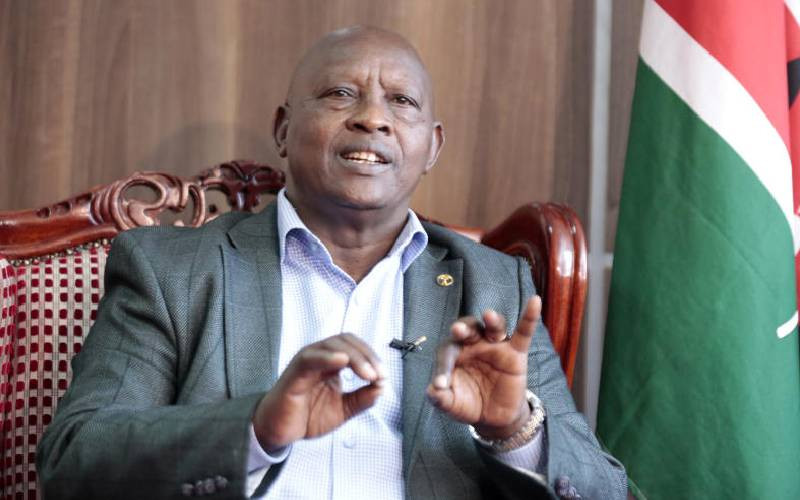Nyeri Governor Mutahi Kahiga came under fire last week for making disparaging comments about the death of former Prime Minister Raila Odinga. His comments stoked long-standing tensions between the Luo and Kikuyu ethnic groups, and thousands of people took the bait.
Prior to this, the online space was ablaze with comments from people far removed from the communities of western Kenya, who expressed shock and disdain at how Luo people mourned the icon. These ignorant comments were taken in good stride, with the public working to educate the ignorant on the differences between ethnicities and the need to respect different ways of doing things. After Kahiga’s comments were shared and translated online, however, angry sentiments against Kikuyus filled the online space, and it felt as if Kenya had been thrust back to 2007-8, or even further back, to the unfortunate passing of such heroes as Tom Mboya and Jaramogi Oginga Odinga.
On the whole, anger at Kikuyus for their supremacist approach to coexistence with other Kenyan ethnicities is not unwarranted. In a country with 43 recognised ethnicities and more yet to be recognised, it is inevitable for some to feel disenfranchised from the process of sharing the national cake. In our six-decade history, Kenya has had three of its five presidents chosen from the Kikuyu, which has bred resentment to many. This, of course, is a colonial consequence. Much like in the case of Rwanda, where the Tutsi minority were chosen by the Belgians to lead the nation as a superior people to the Hutu and the Twa, in Kenya, the British paid special attention to the Kikuyu, both in the positive and in the negative. As a result, by the time of the liberation struggle and eventual independence, the lens was squarely focused on the Kikuyu, with few popular leaders emerging from the other ethnic nations.
In spite of this, we should not fall victim to the tactics of the political elite in stoking ethnic tensions. This tactic has been utilised in every election since multi-partyism began, with a slight deviation in 2022 when the United Democratic Alliance (UDA), the current ruling party, used class tensions to secure victory. Taking a step back from heightened, ethnicity-related temperatures and analysing the UDA tactics would help us to better understand how the political class uses divide-and-conquer techniques to secure its position.
Follow The Standard
channel
on WhatsApp
In the run-up to the 2022 election, the wheelbarrow became a strong symbol of status in Kenya. It symbolised working class struggle, and the fight to have those most dispossessed protected. Ruto, in his campaign, famously called upon mama mboga, mtu wa boda, and other working class people to unite and vote for him so that they can be taken care of by his government. This class-based campaign was successful not only in securing electoral victory but also in building a new disdain for classed people. In the same vein, for all other electoral campaigns, ethnicity has been utilised by the elites as the dividing or unifying factor to secure victory. Who can forget the 41 vs 1 slogan of 2007 that united the country against the Kikuyu, or other similar sentiments that pitted some communities against others? Through Kahiga’s comments, and in the aftermath of the unifying revolution of 2024, it is clear that the elites are trying to bring back ethnic hate.
If 2007 and the years after it should teach us anything, it is that the people who suffer from ethnic tensions are not leaders but their followers. Ruto and Uhuru Kenyatta, once bitter foes whose enmity led to mass loss of lives in the post-election violence of 2008, came together, wearing matching ties to garner the vote in 2012 and won, even in the wake of so much bloodshed behind them. We, too, must become as selfish in protecting our interests as people of the same class, rather than allowing our oppressors to divide us.
Ms Gitahi is an international lawyer
Follow The Standard
channel
on WhatsApp
By Njahira Gitahi


